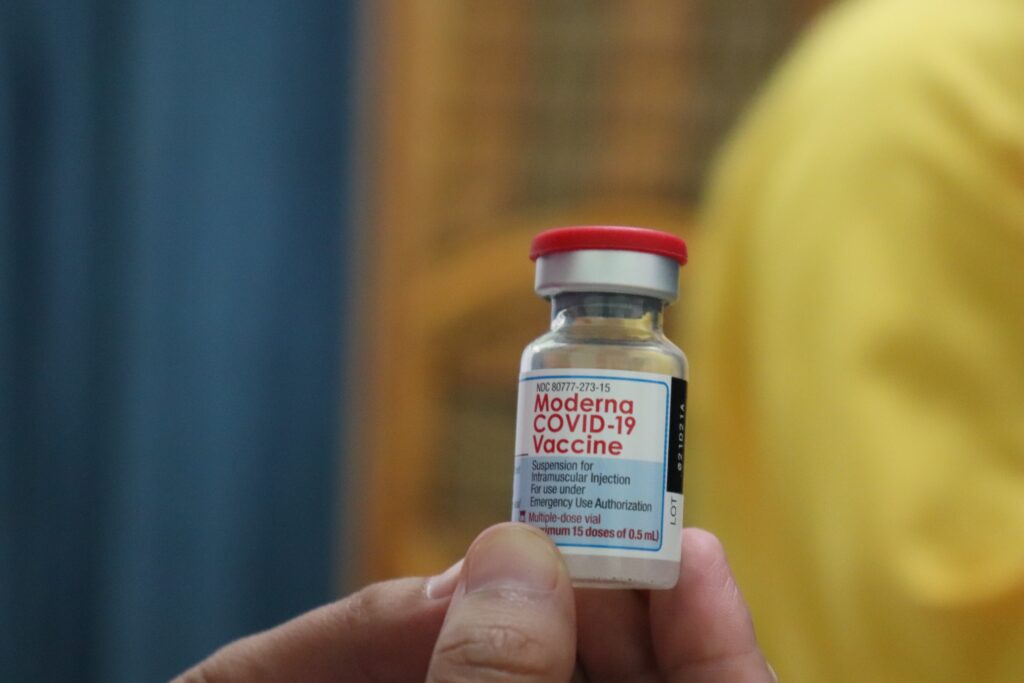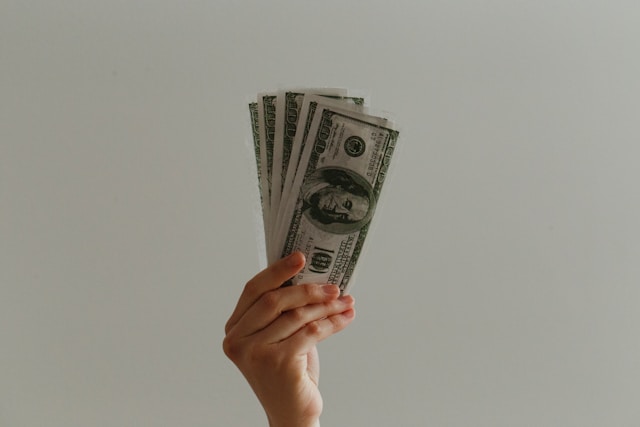On Wednesday, Moderna’s CEO will testify before the Senate Health, Education, Labor, and Pensions (HELP) Committee in a hearing with a misleading title, “Taxpayers Paid Billions for It: So Why Would Moderna Consider Quadrupling the Price of the COVID Vaccine?”

Ahead of the hearing, we spoke with Moderna President Stephen Hoge, M.D., about the true value of Moderna’s vaccine and cost considerations as we move to a commercial COVID vaccine market—here’s what he said.
Bio.News: The Moderna COVID vaccine was priced around $15-$26 per dose in contracts with the federal government. You suggested in January that the commercial price could be around $130, although Moderna committed to providing the vaccine to Americans at no out-of-pocket cost. Can you explain what goes into your pricing considerations?
Hoge: We’re about to experience something almost as unprecedented as the COVID pandemic itself: for the first time in history, we’re moving from a pandemic government-purchased vaccine market to a commercial market with at least two or three competitors. To ensure the vaccine is available everywhere it needs to be nationwide, we need to pick a price that reflects the value of the vaccine to patients, health care systems, and payers in terms of lives and costs saved, and a price that reflects the complexities of moving from a government-funded market to a commercial market.
Here’s an example to give you a sense of the challenges ahead. When we began distributing the vaccine after the emergency use authorization, we sent doses to just three warehouses in the U.S. Then, the U.S. government was responsible for distributing the vaccine to almost 60,000 vaccination sites, pharmacists, and doctor’s offices where people would want to be able to get the vaccine they want when they want. Now, as we transition to a commercial market, Moderna has to take responsibility for getting the vaccine to all of those places.
Bio.News: Why can’t you continue to provide the vaccine at the discounted price given to the government?
Hoge: During the pandemic, as part of our sense of obligation to the federal government, the vaccine was sold at a substantial discount in relation to the value it was creating. If you look at the health economic analyses coming out, the value created in terms of health cost savings for everybody who receives a vaccine is around $400. Now, we’re trying to come up with a reasonable price that ensures everybody who wants it can access it, a price that creates value for healthcare systems, and a price that allows Moderna to take responsibility for the complexity in the commercial market going forward, including responsibility for nationwide distribution.
Bio.News: Critics argue that Moderna received $1.7 billion in funding to develop the vaccine, so you should not charge taxpayers a higher price in the commercial market. Can you explain how you worked with the government and what that means for the price?
Hoge: First, Moderna did work with the government, and we are grateful for the government’s support and partnership. Unfortunately, among the many companies that worked with the government, only Moderna was ultimately successful at bringing a vaccine forward that will continue to be commercialized at this stage. During the pandemic, we provided the vaccine at a substantial discount—and, in fact, during the pandemic, we provided discounts that were $2.9 billion off the price of the other mRNA vaccine. So, in exchange for the $1.7 billion in government support for clinical development, we have already provided $2.9 billion worth of discounts back to the government, relative to other vaccines being purchased at the same time.
Looking forward, we have to find a price that reflects the market for this product, but a price that also reflects the value it will create for healthcare systems. Nobody ever established a market like this before. There’s a huge amount of work we have to do just to make sure the vaccines are available.
Bio.News: Are there new costs Moderna will take on in a commercial market?
Hoge: There’s a huge amount of cost that was not present for companies—Moderna and others—in the public market just six months ago. For example, we provided ten-dose glass vials to the government. As we move to a commercial market, the expectation is that we provide single-dose vials. That’s ten times more expensive because you need ten times the vials.
In addition, we’ll be providing that vaccine to pharmacies and doctor’s offices without a guarantee that the doses will actually be administered. This past fall, approximately 160 million doses were purchased by the government, but unfortunately, only 50 million were administered. Hopefully, that number goes up in the coming years. It gives you a sense of the amount of excess supply that was created but ultimately didn’t get put into arms. Going forward, Moderna will be compensated for injections in arms.
There is a huge amount of uncertainty as we try to establish a commercial market, as we take responsibility for this, ranging from the increase in the cost of vials to the distribution of the sites, and we tried to reflect that in going forward with the price.




